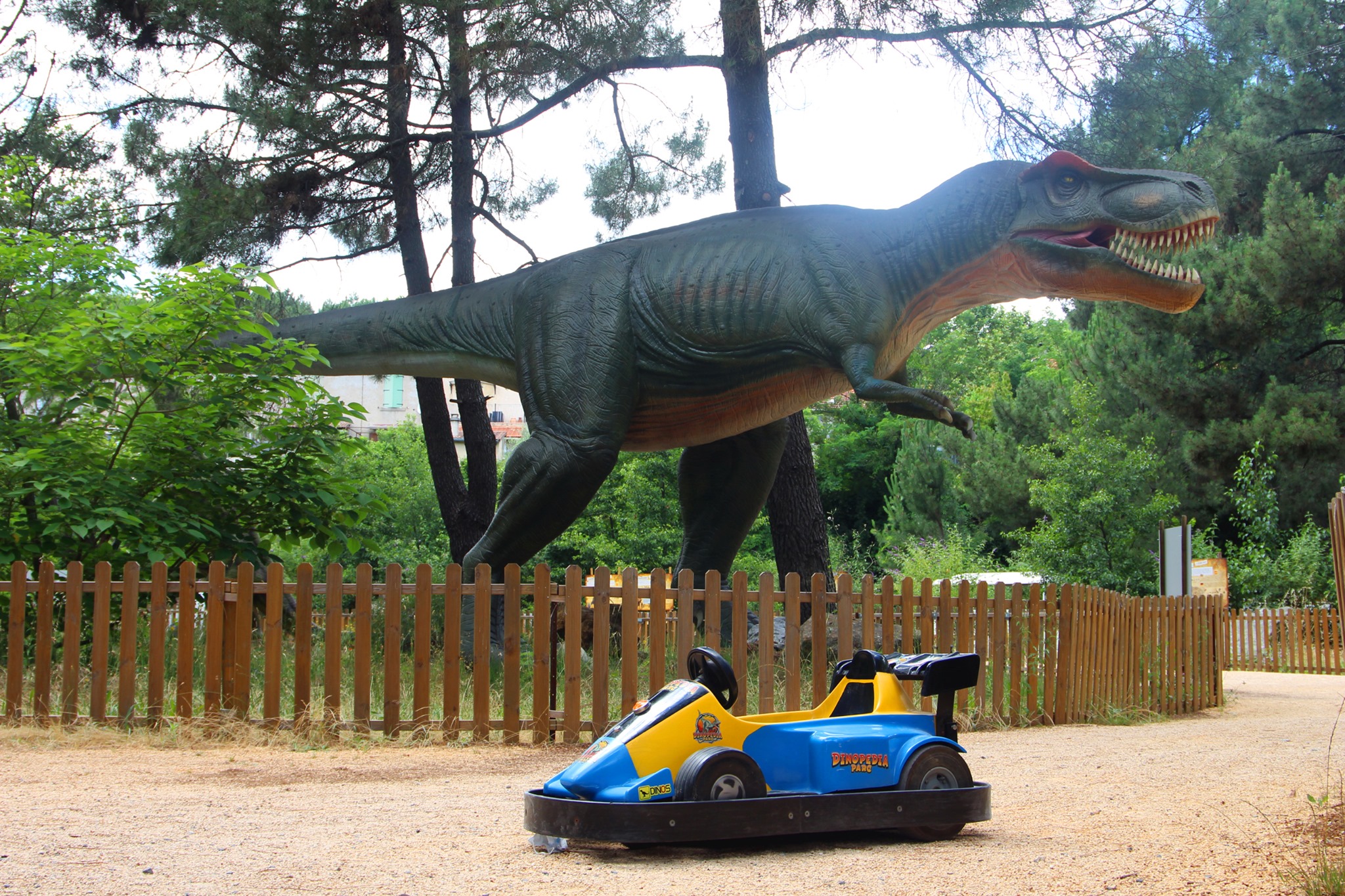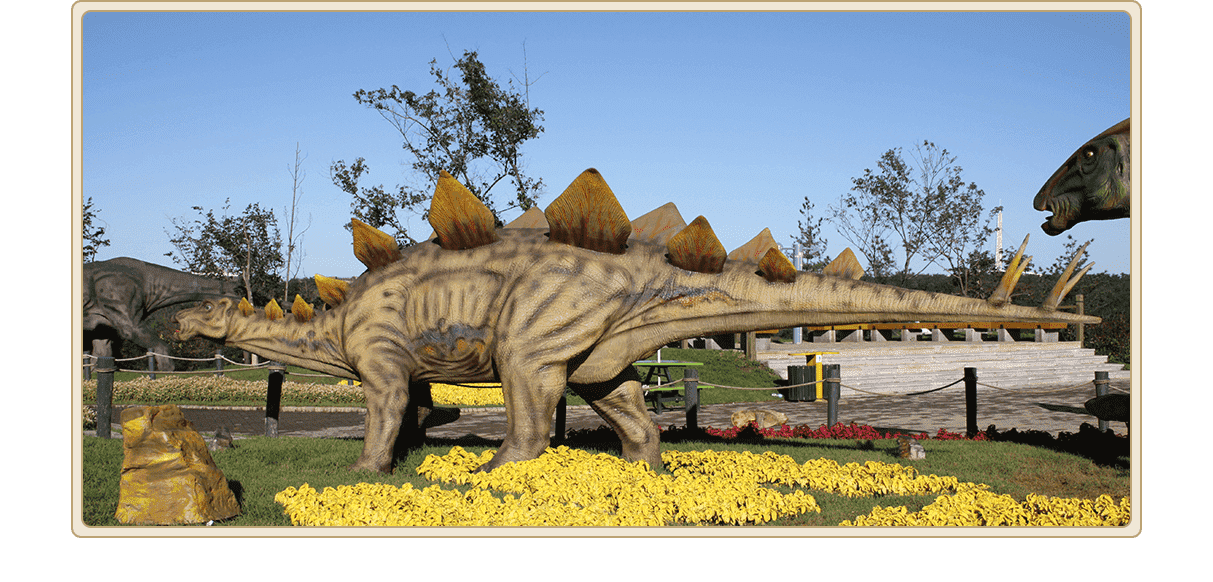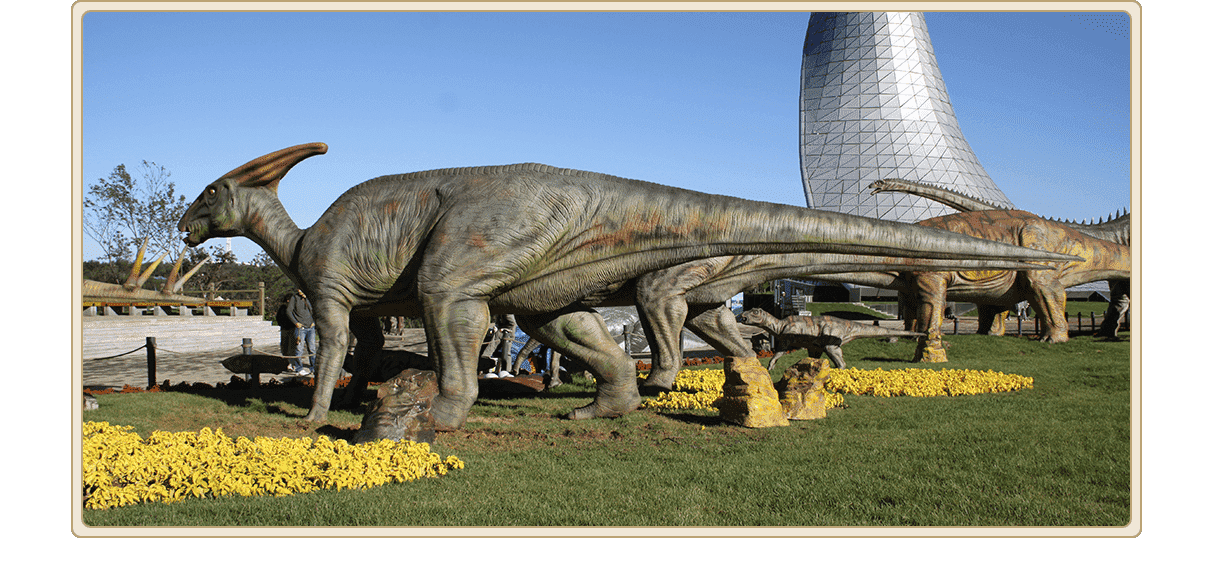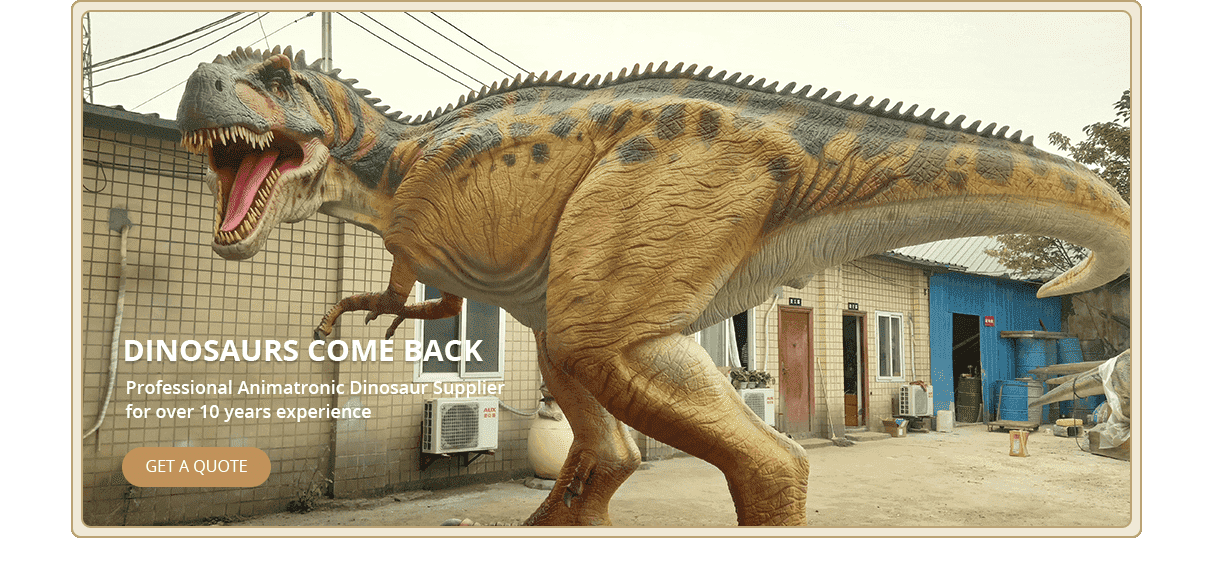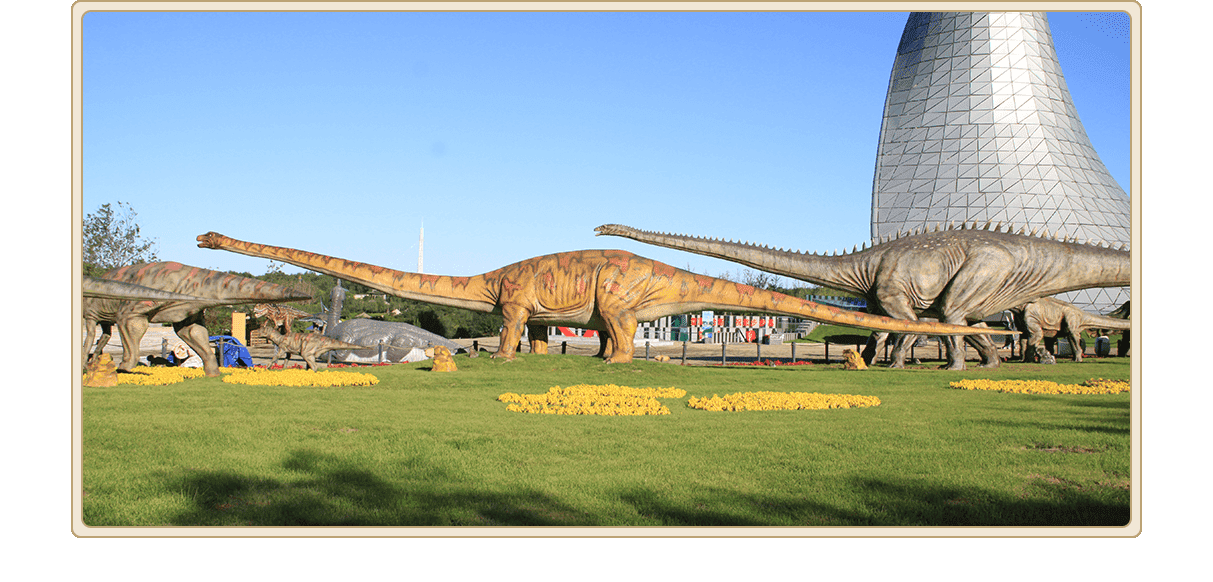Dinosaur Extinction Facts
The Cretaceous-Tertiary extinction event, or the K-T event, is the name given to the die-off of the dinosaurs and other species that took place some 65.5 million years ago. For many years, paleontologists believed this event was caused by climate and geological changes that interrupted the dinosaurs’ food supply. However, in the 1980s, father-and-son scientists Luis (1911-88) and Walter Alvarez (1940-) discovered in the geological record a distinct layer of iridium–an element found in abundance only in space–that corresponds to the precise time the dinosaurs died. This suggests that a comet, asteroid or meteor impact event may have caused the extinction of the dinosaurs. In the 1990s, scientists located the massive Chicxulub Crater at the tip of Mexico’s Yucatán Peninsula, which dates to the period in question.
Many Theories, No Proof
Dinosaurs roamed the earth for 160 million years until their sudden demise some 65.5 million years ago, in an event now known as the Cretaceous-Tertiary, or K-T, extinction event. (“K” is the abbreviation for Cretaceous, which is associated with the German word “Kreidezeit.”) Besides dinosaurs, many other species of mammals, amphibians and plants died out at the same time. Over the years, paleontologists have proposed several theories for this extensive die-off. One early theory was that small mammals ate dinosaur eggs, thereby reducing the dinosaur population until it became unsustainable.
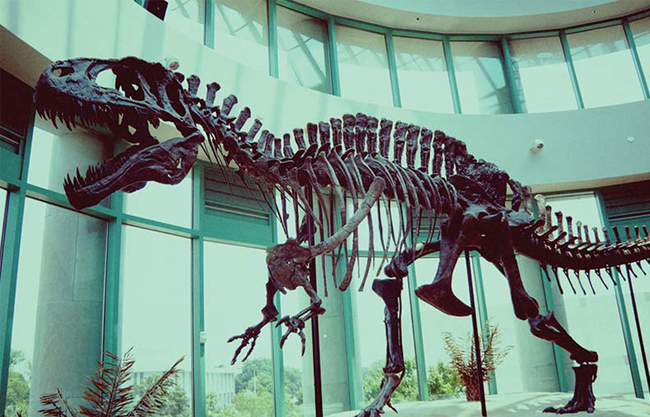
Fiberglass Revivification Dinosaurs Fossils Replicas for Museum
Another theory was that dinosaurs’ bodies became too big to be operated by their small brains. Some scientists believed a great plague decimated the dinosaur population and then spread to the animals that feasted on their carcasses. Starvation was another possibility: Large dinosaurs required vast amounts of food and could have stripped bare all the vegetation in their habitat. But many of these theories are easily dismissed. If dinosaurs’ brains were too small to be adaptive, they would not have flourished for 160 million years. Also, plants do not have brains nor do they suffer from the same diseases as animals, so their simultaneous extinction makes these theories less plausible.
Did you know? The K-T extinction was not the first such massive die-off in history, nor was it the largest. The Permian-Triassic extinction event, known as the Great Dying, occurred 251.4 million years ago and eradicated 96 percent of all marine species and 70 percent of all terrestrial vertebrates species on earth.
For many years, climate change was the most credible explanation for the dinosaurs’ demise. Dinosaurs thrived in the planet’s consistently humid, tropical climate. But in the late Mesozoic Era that corresponds with the extinction of the dinosaurs, evidence shows that the planet slowly became cooler. Lower temperatures caused ice to form over the North and South poles and the oceans to become colder. Because the dinosaurs were cold-blooded–meaning they obtained body heat from the sun and the air–they would not have been able to survive in significantly colder climates. Yet some species of cold-blooded animals, such as crocodiles, did manage to survive. Also, climate change would have taken tens of thousands of years, giving the dinosaurs sufficient time to adapt.
DinoWalk is a top dinosaur electronic animation manufacturer in China, producing a variety of products such as robot dinosaurs, animatronic dinosaurs, dinosaur fossils replicas, and more. For more information, please visit the company's official website. If you want to get more information about the dinosaur fossils replicas for sale, welcome to contact us.


